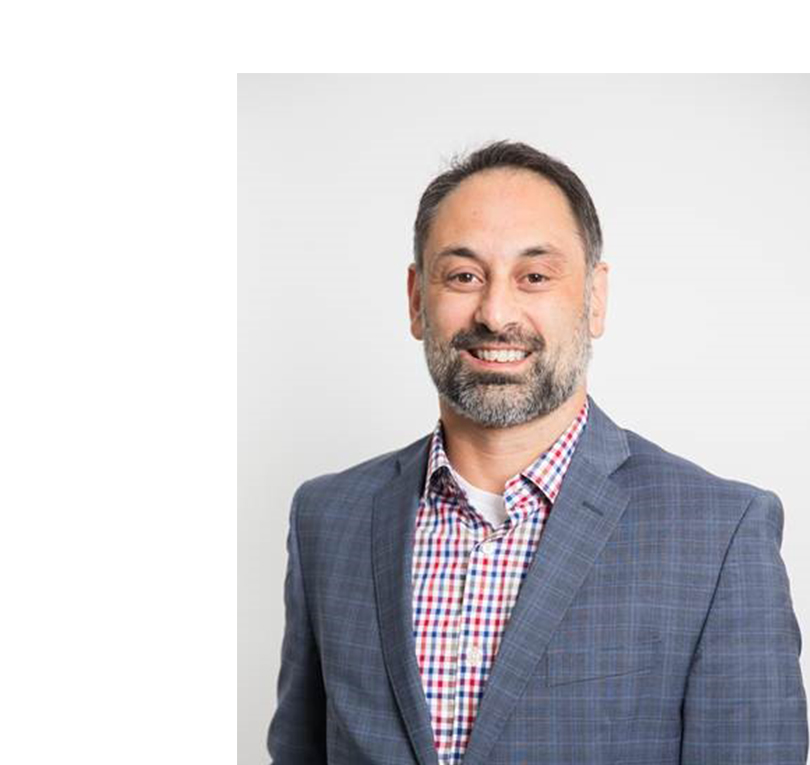Rehabtronics, helping therapists and patients with efficacy-driven technology for recovery

A conversation with Rahul Samant, CEO of Rehabtronics
Tell me about yourself and your journey to this point. How did you decide to start the company? What’s your background / education / experience? What did you observe in your past that led you to believe this was an important opportunity to pursue? What’s your vision for the company?
I became involved with Rehabtronics, as I longed to once again build a product, to transform discovery into products. I saw an opportunity to have a tremendous impact on the quality of life of people with mobility deficits. I am the CEO of the company and have increased revenues by 70%. I have guided the company into cash-flow positive situation and with 2 consecutive profitable years.
Rehabtronics is a spinoff of the University of Alberta’s Neuroscience and Mental Health Institute. It was started to bring state-of-the-art neural interfacing and neural rehabilitation technologies into clinical practice.
Our vision has always been that technology-driven innovation will drive sustainable healthcare by more efficiently delivering better outcomes to more patients.
Our mission has been to bring state-of-the art neuroscience technology into rehabilitation and expand the clinical settings in which these medical technologies are used. In other words, go beyond the rehabilitation clinic into the home and acute care settings.
Our first product, the ReJoyce was among the first products to bring gaming and computer-based functional assessment to the world. We followed up the ReTouch, the world’s first touchscreen-based rehabilitation for cognitive, visual, and motor rehabilitation. ReGrasp is a neural prosthetic that restores grasping function (opening and closing the hand). Our products are used by over 500 clinics around the world.
Despite the impact of pressure injuries, there has been no innovation in this space in 100 years.
We became increasingly aware of pressure injuries and the enormous impact they have on health care while working with the patients that use our products – those with impaired mobility and sensation such as people with chronic stroke or spinal cord injury.
Pressure injuries are among one of the greatest unmet medical needs in health care today. It’s a huge problem – for example, in the US, pressure injuries kill an estimated 60,000 people each year – almost as many as diabetes.
Pressure injuries are prevalent in all health care settings: from critical care and home care to long-term care. Indeed, 25% of patients in healthcare facilities have a pressure injury. They are among the most common, expensive and deadly hospital acquired illnesses. Despite the impact of pressure injuries, there has been no innovation in this space in 100 years.
Our vision is technology-driven sustainable transformation in health care. Our mission is to use neuroscience technology to eliminate deadly pressure injuries.

While our understanding of the patho-physiology of pressure injuries has advanced, our approaches to preventing them has not. 21st science explains that pressure injuries form as a result of ischemia and tissue deformation.
We realized that the neural interfacing technology platform used in our ReGrasp Functional Electrical Stimulation (FES) to restore motor function (based on research at the University of Alberta) – could also be used to prevent pressure injuries.
We now have a patented technology called Intermittent Electrical Stimulation (IES). We can alter the pathophysiology of pressure injuries by increasing tissue oxygenation and preventing deleterious tissue deformation. No other pressure injury prevention technology does this.
Our vision is technology-driven sustainable transformation in health care. Our mission is to use neuroscience technology to eliminate deadly pressure injuries.
Who are your Customers / Prospective Customers – What do they do? What Pain Points are you solving for your customers, and what are their needs?
Pressure injuries are among the most common, expensive and deadly medical complications. In the US, they kill over 60,000 people every year and cost the health care system an estimate $27 B each year. They are seen in all health care settings – critical, acute, rehabilitation, long-term, and home care.
Pressure injuries are one of the most common hospital-acquired injury. Estimates of pressure injury incidences in hospitals can be as high as 30% in critical care. The average treatment cost of pressure injury is over $30,000. That is if the patient survives – 70% of those that develop a so-called full-thickness pressure injury in a hospital will die within 6 months.
In the US, hospitals are not reimbursed for hospital-acquired pressure injury expenses – hospitals must pay for the treatment of pressure injuries acquired in their facility. According to the Agency for Quality Health Research (AJRQ), nearly 2.4% of all hospital discharges in the US developed a hospital-acquired pressure injury (HAPI) in 2016.
It is the only hospital-acquired condition to increase in incidence. It is estimated that HAPIs costs US hospitals $11B per year. Hospitals need more effective means of preventing hospital-acquired pressure injuries in order to capture these costs. For example, a 300-bed hospital in the US will see over 16,000 admissions, nearly 400 HAPI events, and spend approx $10MM+ on treatment.
Our focus will be in acute and critical care where as many as 30% of patients will develop a pressure injury in a short period of time (4-7 days). Moreover, HAPIs are deadly in a a population of critically ill patients.
